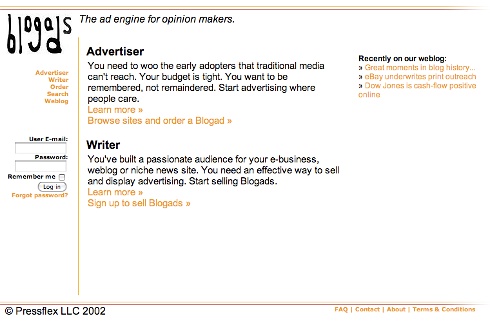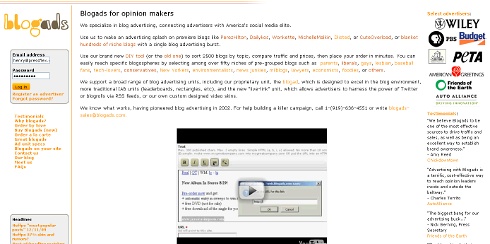What makes a great teacher?
by henrycopelandMonday, January 25th, 2010
Is a man with a 4.0 GPA and a masters degree in education likely to be better at teaching in an inner city school than a woman with a BA in history who had a 2.5 GPA in her first two years of college and a 4.0 her junior and senior year?
All other things being equal, the slacker-turned-star history major is probably the better teacher.
Teach for America, which last year sent 4,100 recent college graduates to teach at schools in lower-income neighborhoods, has turned hiring great teachers into a science. In this month’s Atlantic magazine, Amanda Ripley does a tremendous job profiling TFA and what it has learned about what makes a great teacher.
Each year TFA evaluates 35,000 applicants on 30 different datapoints. After their hires have taught for a year, TFA cross-references these characteristics against how much each teacher’s students have advanced during the year.
What to look for in hiring an aspiring teacher? According to Ripley, TFA looked at the data it’s been gathering on job candidates since 1990 and identified these qualities as correlating strongly with a recruit’s success:
Grit: “those who initially scored high for ‘grit’ — defined as perseverance and passion for long-term goals, and measured using a short multiple-chosce test– were 31% more likely than their less gritty peers to spur academic growth in their students.”
Happiness: Teachers who reported they were very content with their lives were 43% more likely to achieve great results in the classroom.
Achievement: “Recruits who have achieved big, measurable goals in college tend to do so as teacher. And the two best metric of previous success tend to be grade-point average and ‘leadership achievement’ — a record of running something and showing tangible results.” But a 4.0 isn’t essential: “an applicant’s college GPA alone is not as good a predictor as the GPA in the final two years of college.”
XX chromosomes: It turns out “women are more likely to be effective in Teach for America.”
TFA also discovered that two factors that were expected to predict successful teaching — prior experience working in poor neighborhoods or a masters in education — had no correlation with classroom success.
All these characteristics are hard for a teacher to change post-facto. But it turns out there are a bunch of strategies that teachers can learn. These are detailed in a new book called Teaching as Leadership by Steven Farr, a former TFA teacher who now studies exceptionally effective TFA teachers. If the book is as good as Ripley’s article, my bet is that before long its a best seller among not only teachers and school administrators but biz execs and HR folks.
According to Ripley, in studying TFA’s best teachers, Farr found that “great teachers tended to set big goals for their students. They were perpetually looking for ways to improve their effectiveness…. Great teachers, he concluded, constantly re-evaluate what they are doing. Superstar teachers had four other tendencies in common: they avidly recruited students and their families into the process; they maintained focus, ensuring that everything they did contributed to student learning; they planned exhaustively and purposefully — for the next day or the year ahead — by working backward from the desired outcome; and they worked relentlessly, refusing to surrender to the combined menaces of poverty, bureaucracy, and budgetary shortfalls.”
Does all this work? By refining its hiring and teacher training, TFA has nearly doubled the number of its teachers who advance their students more than 1.5 educational years in a single school year.
One last resource: TFA’s strategies for teachers are promoted at teachingasleadership.org.



